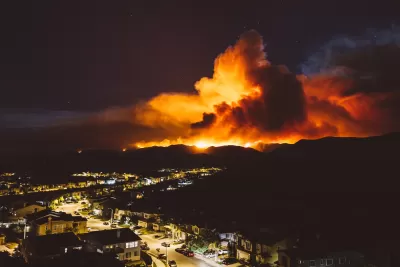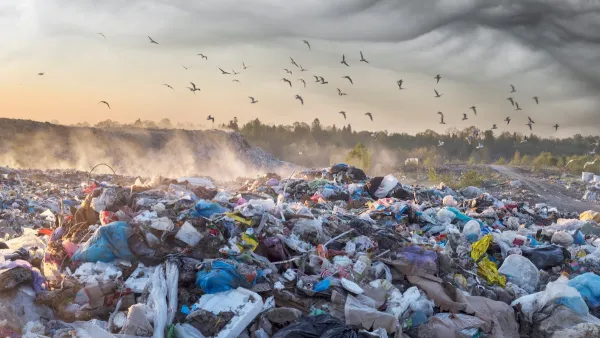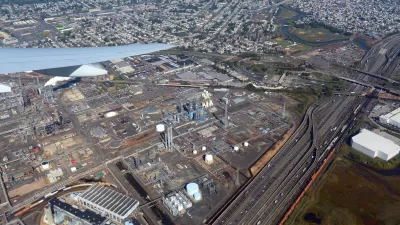More intense and widespread fires caused by climate change and changing air temperature are threatening more existing communities.

In an article for Source NM, Mojtaba Sadegh describes the worsening exposure of Americans to wildfire smoke. In the last two decades, close to 600,000 people were directly exposed to wildfires within 3 miles of their homes.
“Three-quarters of that 125% increase in exposure was due to fires’ increasingly encroaching on existing communities. The total burned area increased only 38%, but the locations of intense fires near towns and cities put lives at risk.” According to Sadegh, “Those statistics reflect how the number of people directly exposed to wildfires more than doubled from 2000 to 2019, my team’s new research shows.”
The analysis found 80 percent of wildfire exposure was, unsurprisingly, in the western states, with 70 percent of Americans exposed to wildfire hazards in California, despite the state only having 15 percent of burned areas.
The team found that, while development in the wildland-urban interface and unchecked growth is part of the problem, it only accounts for a small part of the increase in wildfire exposure. “Instead, three-quarters of this trend was driven by intense fires growing out of control and encroaching on existing communities.”
As the warming trend continues, wildfires will grow more intense and dangerous to existing communities. “Reducing emissions will help slow warming, but the risk is already high. Communities will have to both adapt to more wildfires and take steps to mitigate their impacts.”
FULL STORY: Human exposure to wildfires has more than doubled in two decades

Maui's Vacation Rental Debate Turns Ugly
Verbal attacks, misinformation campaigns and fistfights plague a high-stakes debate to convert thousands of vacation rentals into long-term housing.

Planetizen Federal Action Tracker
A weekly monitor of how Trump’s orders and actions are impacting planners and planning in America.

San Francisco Suspends Traffic Calming Amidst Record Deaths
Citing “a challenging fiscal landscape,” the city will cease the program on the heels of 42 traffic deaths, including 24 pedestrians.

Defunct Pittsburgh Power Plant to Become Residential Tower
A decommissioned steam heat plant will be redeveloped into almost 100 affordable housing units.

Trump Prompts Restructuring of Transportation Research Board in “Unprecedented Overreach”
The TRB has eliminated more than half of its committees including those focused on climate, equity, and cities.

Amtrak Rolls Out New Orleans to Alabama “Mardi Gras” Train
The new service will operate morning and evening departures between Mobile and New Orleans.
Urban Design for Planners 1: Software Tools
This six-course series explores essential urban design concepts using open source software and equips planners with the tools they need to participate fully in the urban design process.
Planning for Universal Design
Learn the tools for implementing Universal Design in planning regulations.
Heyer Gruel & Associates PA
JM Goldson LLC
Custer County Colorado
City of Camden Redevelopment Agency
City of Astoria
Transportation Research & Education Center (TREC) at Portland State University
Jefferson Parish Government
Camden Redevelopment Agency
City of Claremont





























